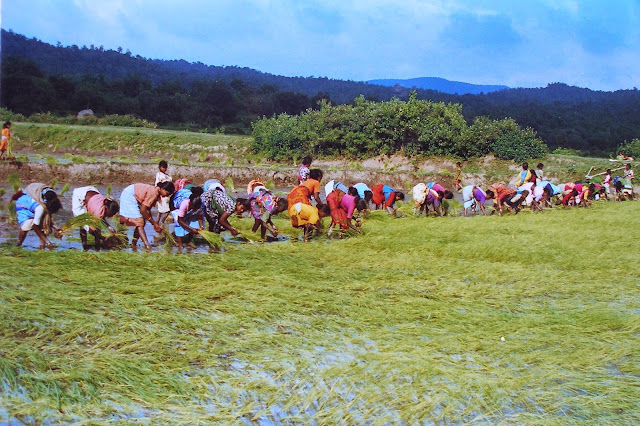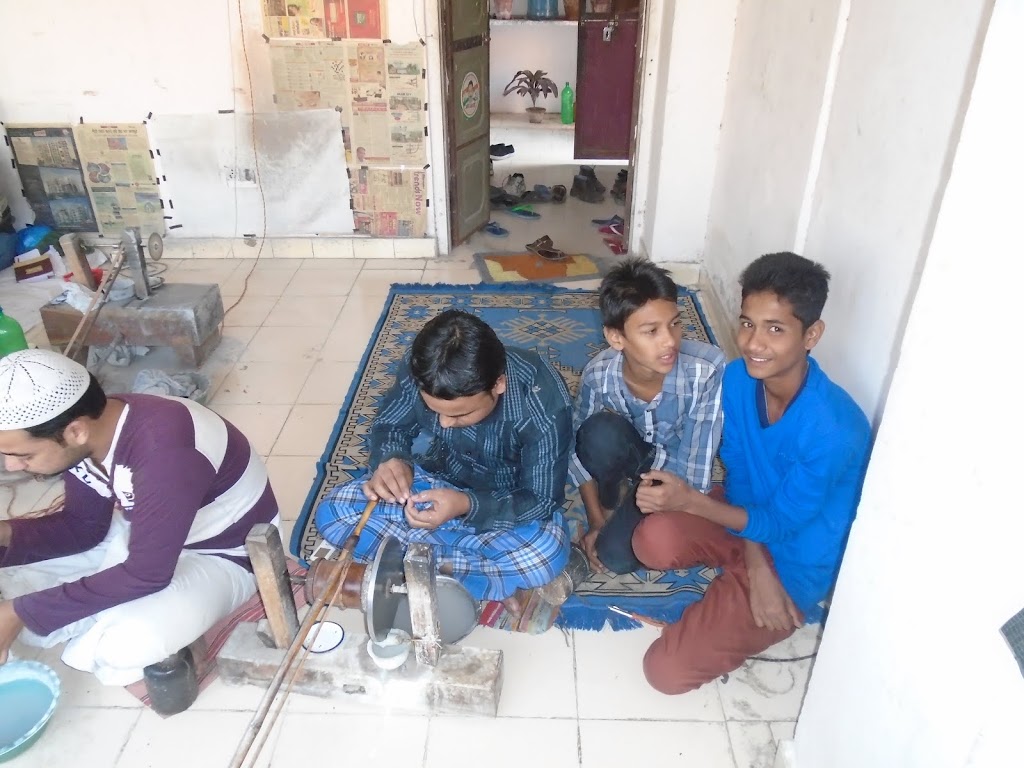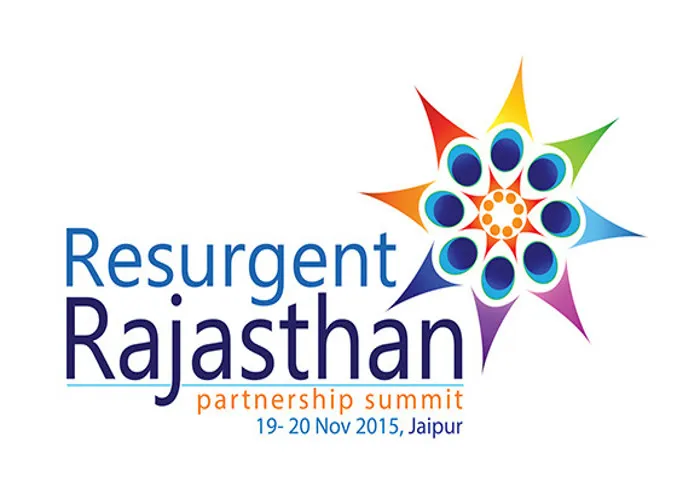quit farming)?
economists who try to make the case for easy land acquisition. They suggest
that the land is required for industrial and infrastructural development and if
there is a tougher land acquisition act it will constrain the development and
hinder progress of the country. They also say that many many more people are
stuck in the unproductive and low paying agriculture sector (which is factually
true) and its keeping them poor and backward. Therefore, thus the argument goes, it is necessary
to take the land from the people, even without their consent, for the
development of industry and infrastructure, which will also help the poor people
dependent on agriculture by moving them out of agriculture. All these arguments
have been summarized here
by R Jagannathan, a votary of free market economic policies and an ardent
supporter of the Prime Minister Modi and his so called Modinomics.
known fact now that a vast
majority of farmers want to quit farming as farming is hardly economically
viable. The crisis in agriculture has taken form of catastrophe in the last 2
and half decades, forcing thousands of farmers to commit suicide year after year.
Still if the farmers remain in farming there must be some reasons which are far
stronger than emotional.
in total working population has gone down in the last decade (from 31.7% in
2001 to 24.9% in 2011) but the share of total workers engaged in agriculture
has come down only by 3.3 percent (from 58.2% in 2001 to 54.9% in 2001). Instead
what has happened is the cultivators have become now agriculture workers. The
share of agriculture workers in total working population has increased from 26.5%
in 2001 to 30% in 2011.
been transferred to non-agriculture uses in last decade. According to a
government committee on land reforms more than 2.1 million
hectares of agricultural land has been transferred to non-agricultural purposes
during 1990-2003.
answer is simple because the other two sectors i.e. industry and service sectors
are not able to absorb more people in spite of the growth in their share in
the total economy. The share of agriculture and allied sectors in the GDP of
the country has declined from 23.2% in 1999-2000 to about 13.9% in 2013-14. At
the same time share of non-agriculture sectors have grown to more than 85% (Economic Survey 2013-14).
This structural change in the economy is much deeper if we compare the
contributions of various sectors in GDP in the decades and 1950s and 1960s and
now. Yet the non-agriculture sectors provide employment to less than 50% of the
workforce. The best available estimate puts the share of employment in non-agriculture
sectors at 51.2% in 2011-12 (based on NSSO data, cited in the Economic Survey 2013-14).
The service sector, which share in the GDP is 59.9%, provides employment to only
26.9% of the working population.
available for most of the poor illiterate, semiliterate or less educated workers
are of low paid jobs, in unorganised and informal sectors, without any job
security or workplace facilities, safety measures and social security. In order
to get access to those jobs, people are forced to live in urban slums, in small
rooms, without basic amenities like clean and safe drinking water, sanitation
and health and education services.
there is hardly any employment opportunity available for them in
non-agriculture sectors and whatever employment is available is of extremely bad
quality.
2013 the country had, the Land Acquisition Act 1894 which was enacted by the
colonial rulers and gave unlimited powers to the governments to acquire any
lands in the name of public purpose. Besides this there are many other central
and state government acts which make land acquisition very easy for the state
governments. There is no need for the governments to even inform the land owners
before acquiring their land, let alone taking their consent. These land acquisition
acts do not make any legal provision of either the study of social impact
assessment of projects or the rehabilitation and resettlement of the people
whose lands are being acquired. The impact of involuntary and forcible land acquisition
and displacement caused by the development projects have been disastrous for
the affected people and have been documented very well by many social
scientists.
regime so far the record of economic development in the country has been far
from the satisfactory even for the growth hungry, pro-free market ideologues and
the corporate sectors. So far the
corporate sector and government owned PSUs have had almost free availability of
land they needed for their projects by just giving a minimal compensation and without
any burden of rehabilitation and resettlement. Not only this, the country has
also adopted the regime of largely liberal and free market economic policy
during the last two and half decades. Yet the corporate sector wants to continue
with taking the land of the poor farmers with the help of government might and
almost free of cost without being bothered about the social impact of their
projects and without bothering about the food security of the country.
the central and state governments, for the first time provided legal guarantee
for the social impact assessment of the projects and rehabilitation and
resettlement of people losing their land as well people losing their livelihoods
due to the development projects. It also, for the first time provided for a
consent clause, for the land being acquired for private sector and
public-private-partnership projects. The LARR Act of 2013, though is not perfect,
it has provisions which are quite pro-people. However, the most important
lacuna of this act is, it has provision of exemption from all the important clauses
of this law (like SIA, necessary consent in case of private and PPP projects,
non-acquisition of multi crop land, special provisions for scheduled areas
etc.) when the land is being acquired under 13 other central government acts. However,
the other provisions like increased compensation and mandatory rehabilitation and
resettlement are to be applied in all cases of land acquisition. Though, issue
of the increased compensation has also been left to the state government.
The Ordinance, which the Modi government wants
to shove down the throat of people of this country, has given exemptions to
five types of projects, even when the land is being acquired under this new Act
of 2013. That means that effectively the new features of the 2013 Act will
totally be gone. At a time when taking free prior and informed consent of the
land owners and social impact assessment of development projects is becoming a
global norm, the Modi government wants to move backwards to please the national
and foreign multinationals at the cost of the only source of livelihood available
to the millions of poor people of this country.




